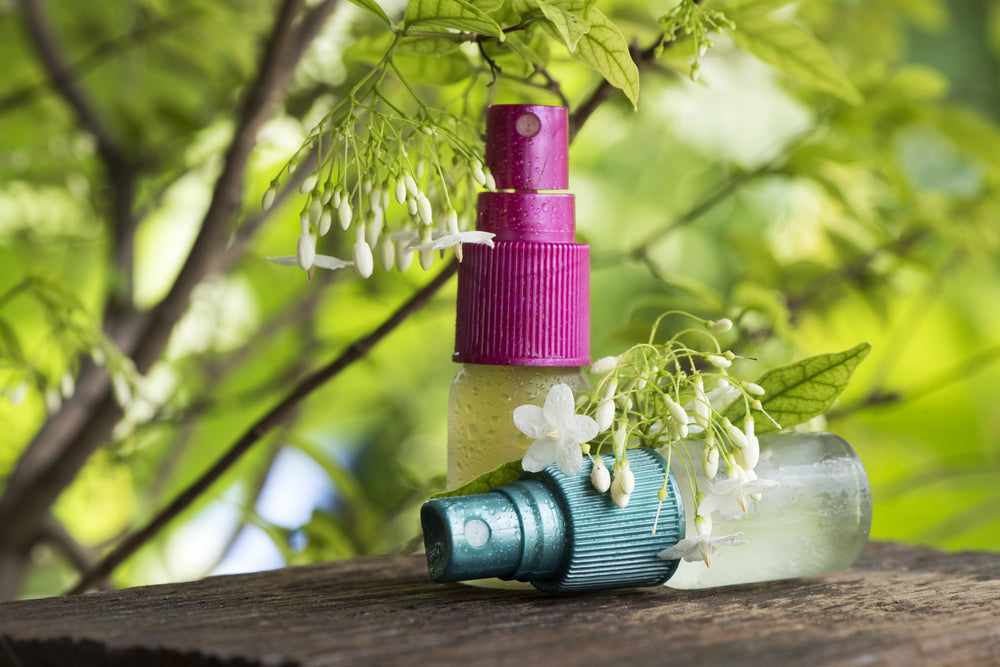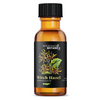
How to Make Essential Oil Spray: A Complete Guide
Essential oil sprays are one of the simplest and most versatile ways to enjoy the beauty of natural aromas. With just a few ingredients, you can create mists that freshen the air, scent your linens, add a pleasant touch to your workspace, or even elevate your daily self-care routine. Making your own essential oil spray at home allows you to customize the fragrance exactly how you like it, choosing oils that fit your mood, the season, or the atmosphere you want to create.
In this guide, we’ll walk through the basics of essential oil sprays, from understanding the role of each ingredient to selecting the right ratios for a long-lasting scent. We’ll also explore blending techniques, storage tips, and creative ideas for using your spray once it’s finished.
Understanding the Basics of Essential Oil Sprays
An essential oil spray is essentially a mixture of water, a carrier or dispersing agent, and the essential oils themselves. The water serves as the base, while the dispersing agent—often witch hazel, alcohol, or a solubilizer—helps the essential oils mix evenly with the liquid. Without a dispersing agent, the oils would float on top of the water and not distribute evenly when sprayed, which could make the scent inconsistent.
The essential oils are, of course, the star of the show. They provide the scent and can be chosen to evoke a particular vibe. For example, a spray with bright citrus oils feels uplifting and sunny, while one with soft florals and woods can feel cozy and grounding. Since essential oils are highly concentrated, you only need a small amount for a spray to have a noticeable scent.
Choosing the Right Ingredients for Your Spray
The beauty of making your own essential oil spray is that you have complete control over what goes into it. Start with clean, filtered water as your base. Tap water can contain minerals or impurities that shorten the spray’s shelf life or affect the scent, so filtered or distilled water is best.
Next, select your dispersing agent. Witch hazel is a popular choice for room and linen sprays because it blends well with essential oils and has a mild scent that won’t overpower the fragrance. High-proof alcohol, like vodka, is another option—it helps the spray dry quickly and can slightly extend its shelf life. If you prefer an alcohol-free option, look for a cosmetic-grade solubilizer designed to mix oils and water.
Finally, choose your essential oils. You can use a single oil for a clean, focused aroma, or combine several for a layered fragrance profile. Think about how you want the spray to feel—do you want it to be bright and energizing, soft and comforting, or romantic and floral? This is where blending skills come in handy.
Finding the Right Ratios
Getting the proportions right is key to making a spray that smells great without being overpowering. For most room sprays, a good starting point is about one teaspoon (roughly 5 ml) of essential oils for every one cup (240 ml) of liquid base. This gives you a noticeable scent without being too intense.
If you want a softer aroma, reduce the amount of essential oil slightly. If you want a stronger scent, you can add a little more—just remember that essential oils are potent, and too much can be overwhelming, especially in smaller spaces. Always test a small batch before committing to a larger one.
Step-by-Step: Making Your Essential Oil Spray
To make your own essential oil spray, follow these simple steps:
-
Start by measuring your water and pouring it into a clean spray bottle.
-
Add your chosen dispersing agent, then carefully measure out your essential oils and add them to the mix.
-
Once all the ingredients are in the bottle, secure the spray top and shake well to combine. (It’s important to shake the bottle before each use, even if you’ve added a dispersing agent, as essential oils can still settle over time.)
If you’re making several bottles at once, label them with the scent blend and the date you made them. This helps you keep track of freshness and ensures you know exactly what’s inside each spray.
Creating Signature Essential Oil Blends
Blending essential oils for your spray is a fun way to get creative. You might choose a bright and fresh blend of lemon, grapefruit, and peppermint for summer, or a warm, cozy mix of orange, cinnamon, and vanilla-like benzoin for cooler months. Floral combinations like lavender, geranium, and ylang-ylang are lovely for bedrooms or as linen sprays, while herbal and woody blends like rosemary, cedarwood, and sage can bring a grounding, natural feel to your space.
Think about balance in your blends. Oils with heavier base notes tend to linger longer, while lighter top notes create an initial burst of scent. Combining both gives your spray more depth and staying power.
Storage and Shelf Life of Essential Oil Sprays
Essential oil sprays are best stored in dark glass bottles, as this helps protect the oils from light exposure, which can cause them to degrade over time. Keep your sprays in a cool, dry place, away from direct sunlight or heat sources. Depending on the ingredients you use, your spray can last anywhere from a few weeks to a few months. Sprays made with alcohol generally have a longer shelf life than alcohol-free versions.
Creative Ways to Use Essential Oil Sprays
While room and linen sprays are the most common uses, there are plenty of other ways to enjoy your homemade essential oil spray. Lightly mist it over your yoga mat before practice to set the mood, use it to freshen up fabric furniture, or keep a bottle on your desk for an instant mood boost during work. Some people also like to spray a light mist into their closet or drawers for a subtle scent that lingers on clothing.
Because essential oils are potent, it’s best to avoid spraying directly on skin unless the formula has been specifically created for cosmetic use and contains skin-friendly dilutions. Always patch-test on fabrics to ensure the spray won’t stain or damage them.
Master How to Make Essential Oil Spray

Making your own essential oil spray is a quick, customizable, and satisfying project. With a few basic ingredients and a little creativity, you can design fragrances that perfectly match your preferences and bring a touch of aromatic luxury into your everyday life. Once you’ve made your first blend, you’ll find it’s hard to go back to store-bought sprays, especially when you know exactly what’s in yours.
